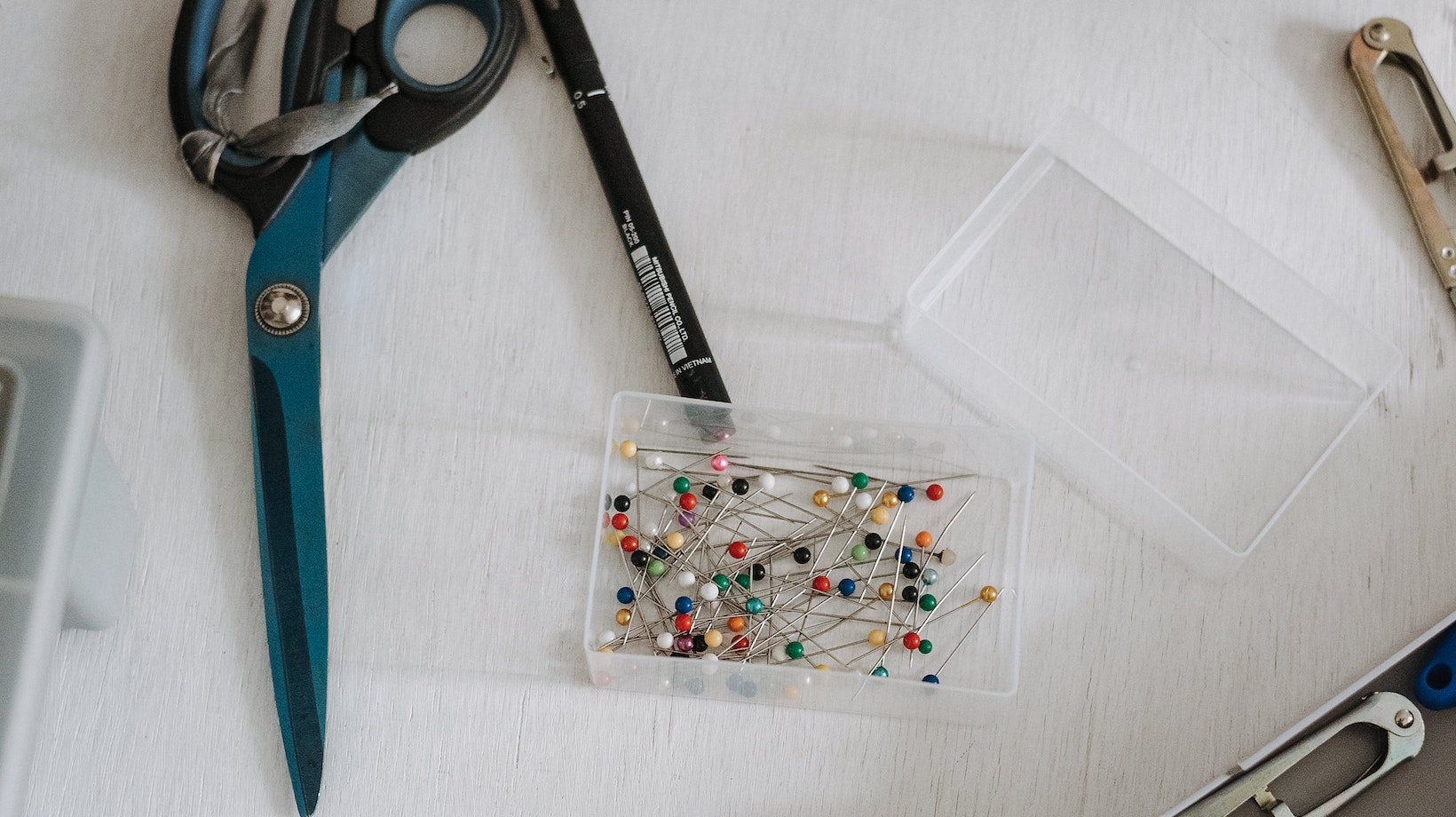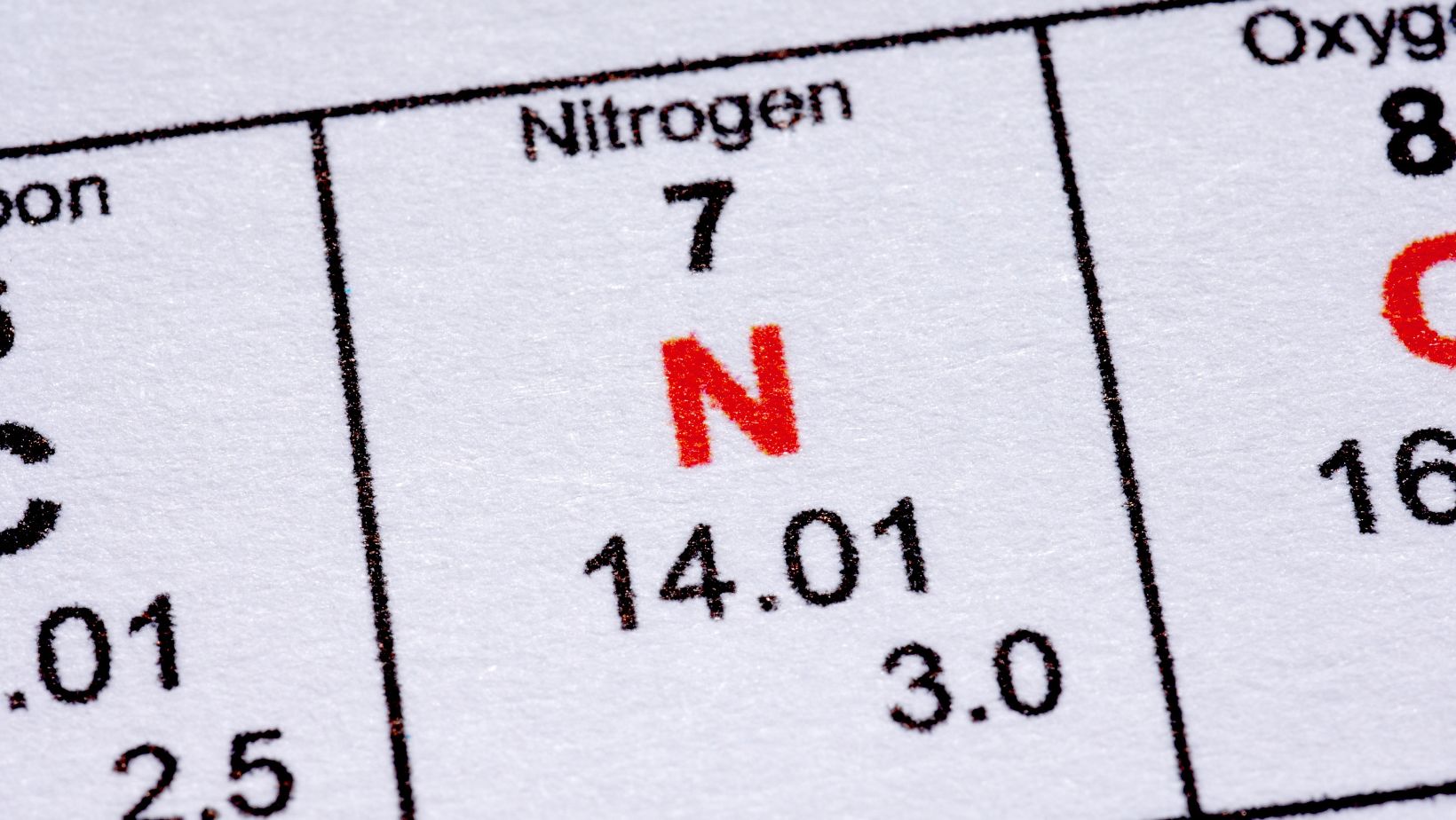Tips for Choosing the Right Size Coffee Mug – How Many Ml in a Coffee Mug

How Many Ml in a Coffee Mug
When it comes to enjoying a cup of coffee, the size of the mug can greatly impact your experience. Many coffee lovers often wonder how many millilitres (ml) a standard coffee mug can hold. The answer to this question may vary depending on the size. When it comes to enjoying a cup of coffee, the size of the mug can greatly impact your experience. Many coffee lovers often wonder how many millilitres (ml) a standard coffee mug can hold. The answer to this question may vary depending on the size
When it comes to measuring liquid volumes, millilitres (ML) and fluid ounces are commonly used units. If you’re wondering how many millilitres are in a coffee mug, it’s important to understand the conversion between millilitres and fluid ounces.
To convert millilitres to fluid ounces, you can use the following formula:
1 fluid ounce = 29.5735 millilitres
This means that if you have a certain amount of millilitres, you can divide that number by 29.5735 to find its equivalent in fluid ounces. Likewise, if you have a volume in fluid ounces, you can multiply it by 29.5735 to get the corresponding value in millilitres.
How Many Millilitres in a Standard Coffee Mug?
The volume of a standard coffee mug can vary depending on its size and design. However, an average-sized coffee mug typically holds around 250-350 millilitres of liquid. This range is equivalent to approximately 8-12 fluid ounces.
It’s worth noting that specialty or oversized mugs may have larger capacities, reaching up to 500 millilitres or more. On the other hand, smaller espresso cups usually hold around 60-80 millilitres.
If you want an accurate measurement for your specific coffee mug, consider using a measuring cup or scale to determine its exact capacity in millilitres.
Measuring Coffee Ingredients in Milliliters
Millilitres are widely used for precise measurements when brewing coffee or preparing various coffee ingredients like water and milk. Many recipes and brewing techniques specify ingredient quantities in terms of millilitres due to their accuracy.
For instance, when making pour-over coffee using the popular “coffee-to-water ratio,” you’ll often find recommendations such as using 60 grams (or millilitres) of coffee for every 1 litre (or 1000 millilitres) of water. This allows for consistency and control over the brewing process.
When following a recipe or experimenting with different coffee-making methods, having a basic understanding of millilitres can help you achieve desired results and create your perfect cup of joe.

Different Sizes of Coffee Mugs
When it comes to coffee mugs, there is a wide range of sizes available. From small and dainty cups to large and oversized mugs, choosing the right size can greatly impact your coffee-drinking experience. So, let’s dive into the different sizes of coffee mugs and explore how they can affect your daily caffeine fix.
- Standard Size: The most common size for a regular coffee mug is around 8 to 12 ounces (236 to 355 ml) in capacity. These mugs are perfect for a single serving of coffee or tea and are widely used in homes, offices, and cafes. They provide just the right amount of liquid for you to savour your favourite brew without feeling overwhelmed by its volume.
- Petite Cups: If you prefer smaller portions or enjoy delicate sips of espresso, petite cups might be more suited to your taste. These mini-mugs typically hold around 4 to 6 ounces (118 to 177 ml) of liquid, making them ideal for enjoying strong shots of espresso or serving small portions of specialty drinks like cortados or macchiatos.
- Oversized Mugs: On the other end of the spectrum, we have oversized mugs that cater to those who crave larger quantities of their beloved beverage. Ranging from 16 to 20 ounces (473 to 591 ml), these jumbo-sized mugs offer plenty of room for extra creamer, additional servings, or simply indulging in a generous cuppa without needing frequent refills.
- Travel Mugs: Designed for people on-the-go, travel mugs are built with portability in mind while still providing ample capacity. These mugs often hold between 12 and 16 ounces (355 to 473 ml) and come with spill-proof lids that allow you to take your hot beverage wherever life takes you, be it your morning commute, a road trip, or even a hiking adventure.
- Specialty Mugs: In addition to the standard sizes mentioned above, there are also specialty mugs that come in unique shapes and sizes. These can include double-walled mugs for insulation, extra-tall mugs for latte art enthusiasts, or wide-mouthed mugs for those who like to dunk their biscuits or cookies into their hot drink.
Remember that these size ranges can vary slightly depending on the manufacturer and country. So if you have a particular capacity requirement or preference, it’s always a good idea to check the product description before making your purchase.




